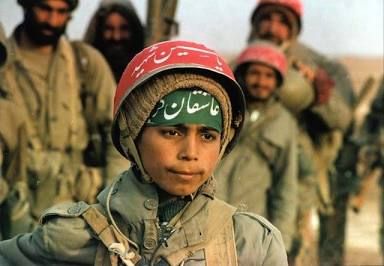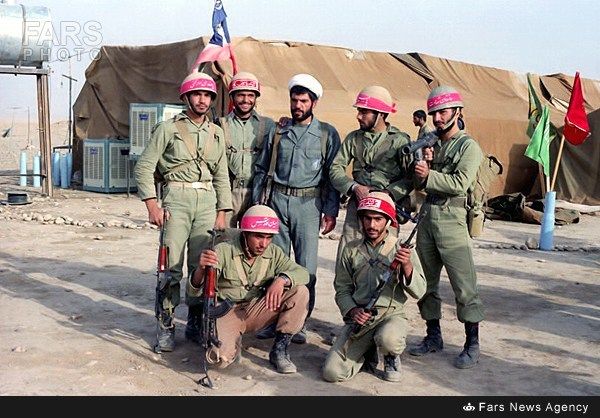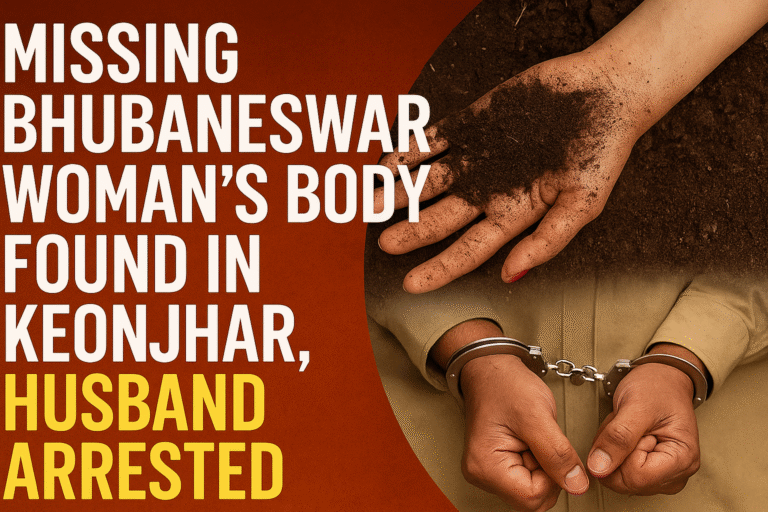Introduction: The Iraq-Iran War, also called the First Persian Gulf War, was one of the longest and most brutal wars of the 20th century. It began in 1980 and lasted for eight years until 1988. The war involved two neighboring countries in the Middle East – Iraq, led by President Saddam Hussein, and Iran, led by Ayatollah Ruhollah Khomeini. The conflict resulted in the death of nearly a million people and caused huge economic and human losses on both sides.

Background: How the Conflict Began
The roots of the war can be traced to political, territorial, and religious issues:
1. Religious Differences: Iraq was ruled by a Sunni government, while Iran was a Shia-majority country ruled by Islamic clerics. Saddam Hussein feared the rise of Iran’s Islamic Revolution in 1979, which encouraged the Shia population in Iraq to rise against him.
2. Territorial Dispute: Iraq and Iran had a long-standing disagreement over the Shatt al-Arab waterway, which is a vital route for oil exports. Both countries claimed rights over it.
3. Saddam’s Ambition: Saddam Hussein wanted to become the dominant power in the Gulf region. He believed that Iran was weak after its 1979 revolution and saw a chance to strike.
Major Events of the War
1. Invasion by Iraq (September 1980):
The war started when Iraq invaded Iran on 22 September 1980. Iraq launched air and land attacks to capture key cities in Iran. But Iran resisted strongly and pushed Iraqi forces back.
2. Iranian Counterattack:
By 1982, Iran had regained most of the lost territory. Iran then launched offensives into Iraq with the aim of toppling Saddam Hussein’s government.
3. Use of Chemical Weapons:
Iraq used chemical weapons like mustard gas and nerve agents against Iranian soldiers and civilians. This led to worldwide condemnation.
4. Attacks on Oil Facilities:
Both sides attacked each other’s oil tankers and refineries. This period was known as the “Tanker War.” The Gulf region became dangerous for global oil shipping.
5. Involvement of Other Countries:
Many Western countries, including the United States and France, supported Iraq with weapons, intelligence, and funds. Meanwhile, Iran relied on its own resources and a few secret channels for arms.
6. War Comes to an End (1988):
By 1988, both countries were exhausted. Neither side had achieved a clear victory. The United Nations stepped in and proposed a ceasefire. Both sides agreed to end the fighting under UN Resolution 598.

Impact of the War
1. Human Loss:
Nearly 500,000 to 1 million people were killed or injured. Thousands more were disabled for life. Many civilians also died, especially from chemical attacks.
2. Economic Damage:
Both countries suffered massive economic losses. Oil production fell, industries were destroyed, and national debt increased. Rebuilding took many years.
3. Social Impact:
The war deeply affected the people of Iraq and Iran. Families lost their loved ones, and generations grew up during wartime. Cities near the border were ruined.
4. Political Outcomes:
Although Saddam Hussein remained in power, Iraq came under heavy debt and international scrutiny. Iran’s Islamic government grew stronger after defending its land.
5. No Clear Winner:
Despite years of fighting, the war ended without any significant gain for either side. The border remained the same as before the war.
Why the War Lasted So Long
Strong Leadership and Propaganda: Both governments used nationalism and religion to motivate their people to continue fighting.
International Support: Iraq received strong backing from the West and Arab neighbors, which helped it continue the war.
Lack of Diplomacy: Peace talks often failed, and neither side was willing to compromise for several years.







